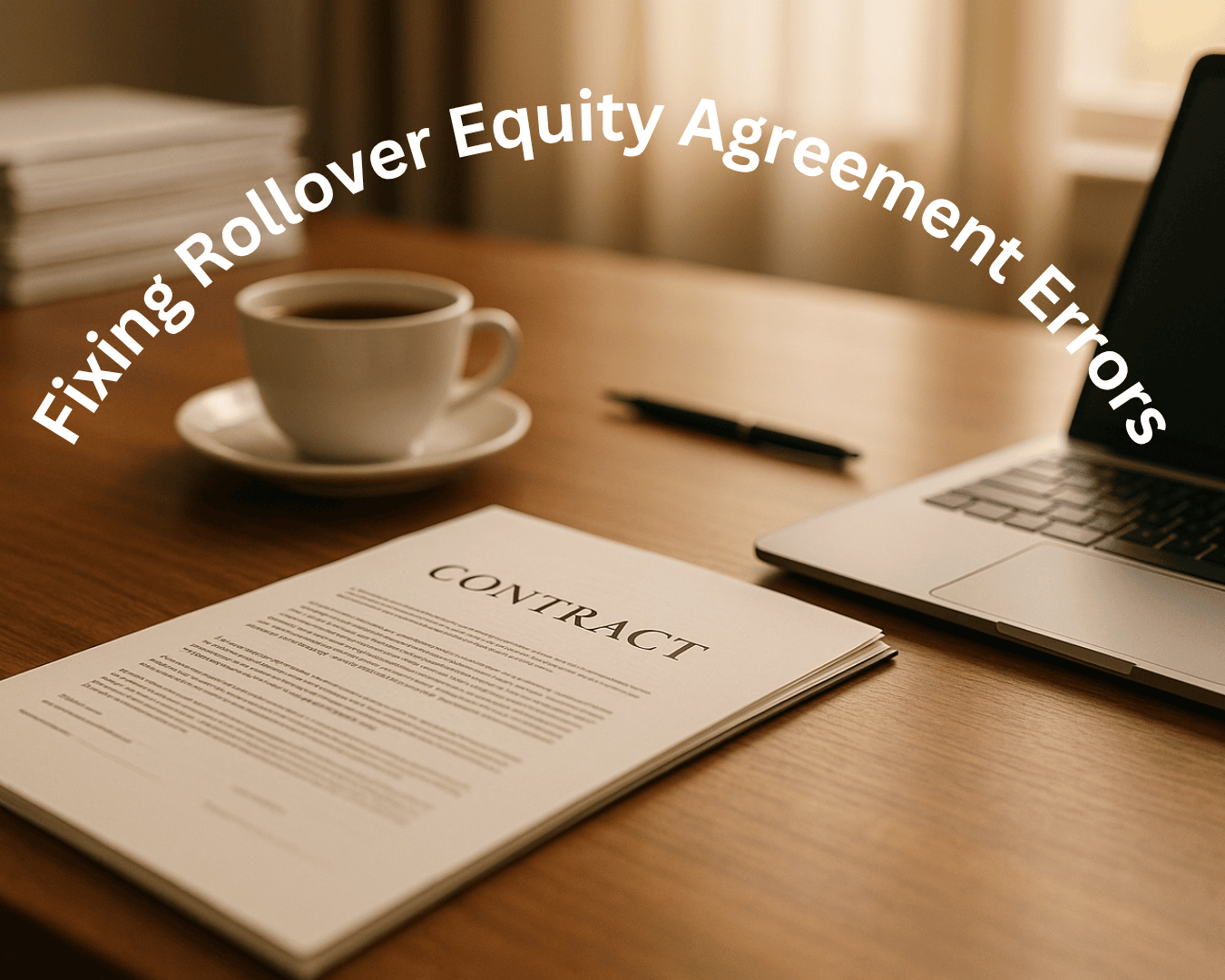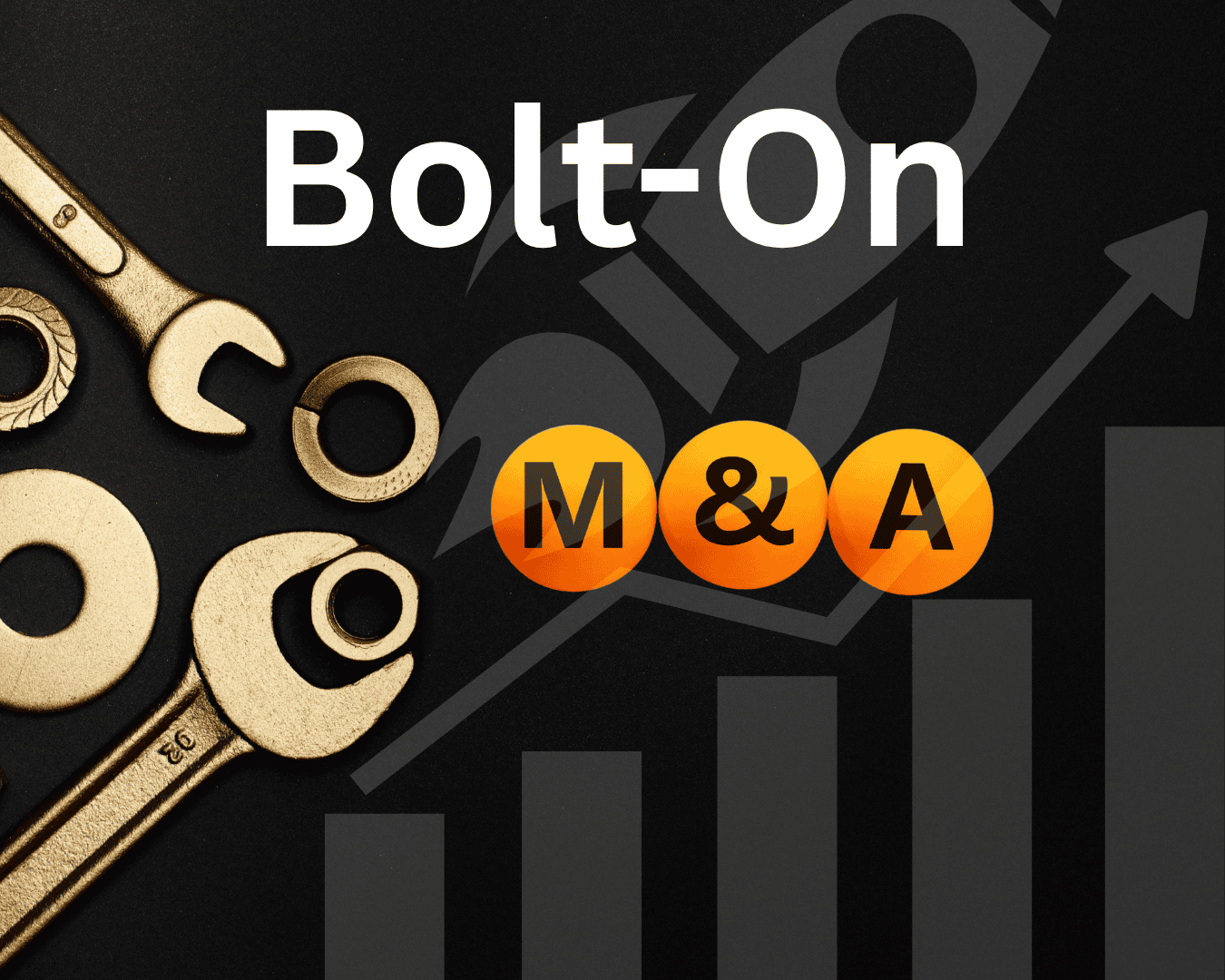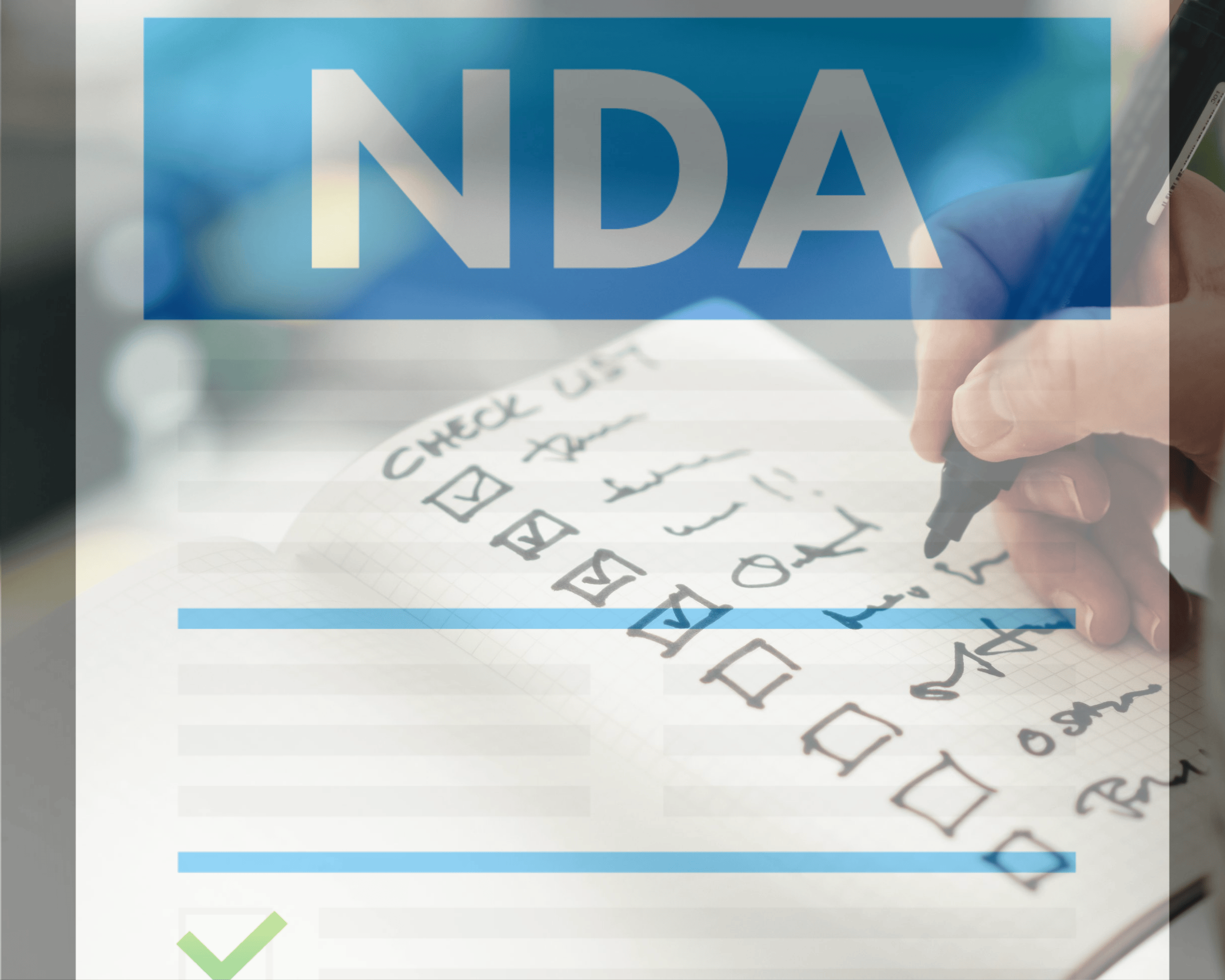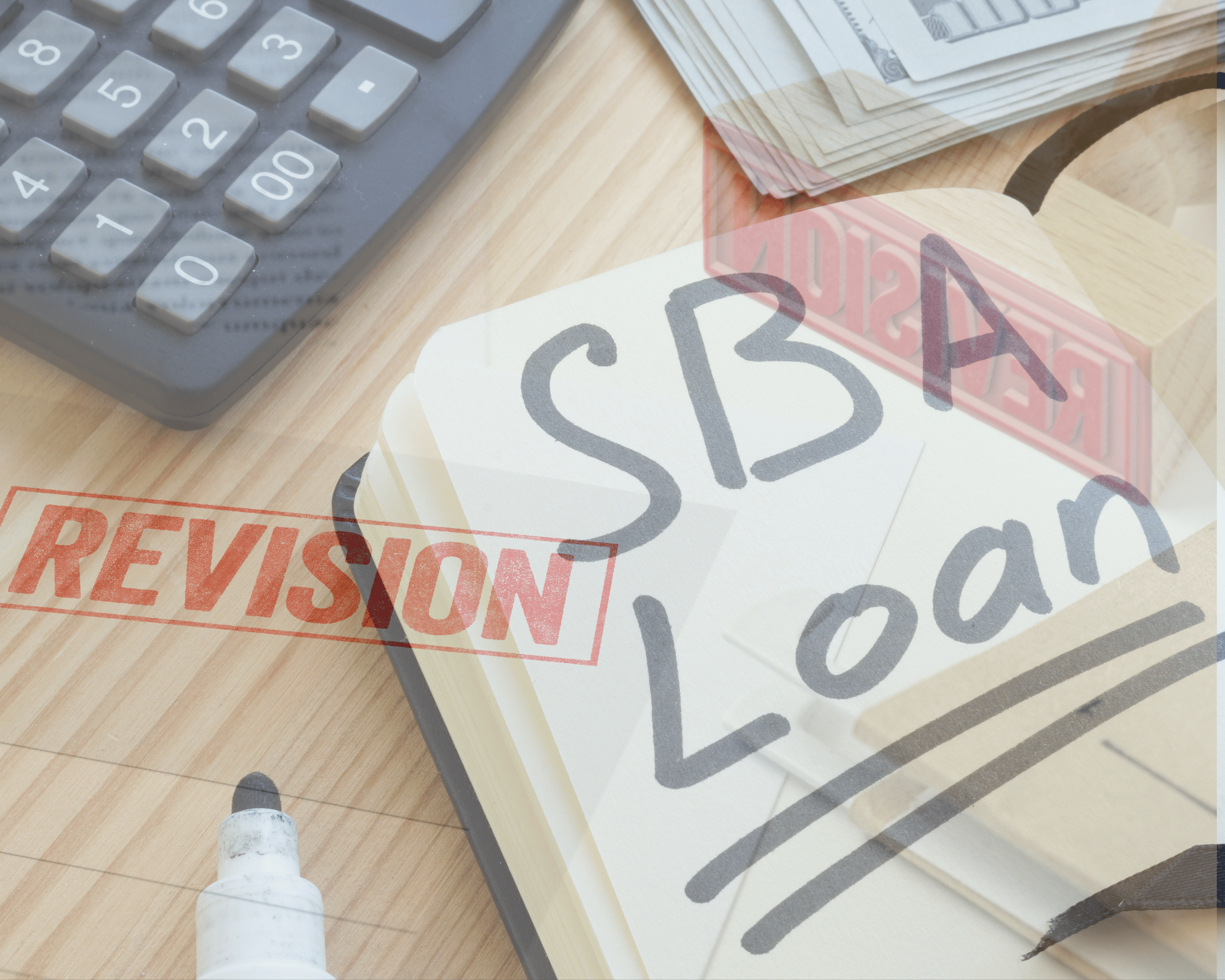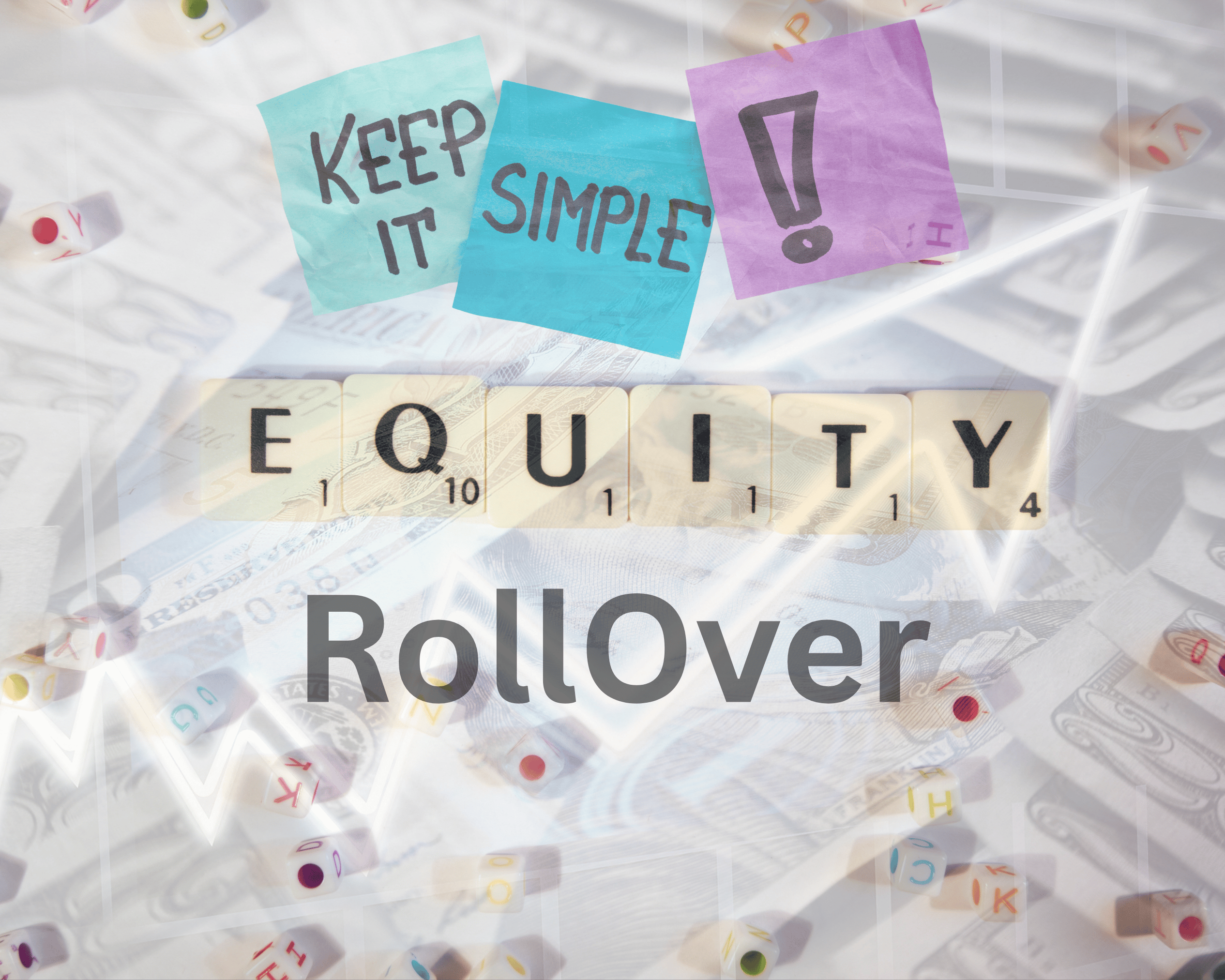Cash flow fraud in small and medium-sized business (SMB) deals can lead to costly mistakes for buyers and investors. Sellers may manipulate financial records by inflating revenue, hiding expenses, or creating fake transactions, making a business appear more stable than it really is. Identifying these issues early is critical to avoid financial losses.
Key Takeaways:
- Red Flags to Watch:
- Unusual revenue spikes without clear reasons.
- Inconsistent or suspicious expense reporting.
- Irregular journal entries lacking proper documentation.
- Analysis Tips:
- Cross-check financial statements (e.g., bank records vs. reported cash flow).
- Look for inflated revenue or assets by comparing ratios to industry norms.
- Investigate suspicious transactions, such as unexplained payments or missing documentation.
- Preventive Measures:
- Conduct regular financial audits.
- Establish internal controls (e.g., segregation of duties, approval protocols).
- Use technology for real-time monitoring and fraud detection.
Leveraging a mix of financial scrutiny, expert advice, and AI-driven tools ensures you can detect fraud effectively and protect your investment.
Why Free Cash Flow Can’t Be Trusted (And How Companies Trick You)
Common Red Flags in Cash Flow Statements
Spotting red flags in cash flow statements is a critical part of financial due diligence. These warning signs can reveal attempts to manipulate financial data, often making a business appear more profitable or stable than it actually is.
Unusual Revenue Patterns
Unexpected revenue spikes without a clear business reason should raise suspicion. For instance, if revenue surges but there’s no corresponding increase in cash flow or customer growth, it’s worth digging deeper. Such anomalies could indicate overstated or fabricated revenue.
A sudden jump in revenue without an obvious driver - like a new product launch, expanded marketing efforts, or market entry - needs verification. Cross-check reported sales figures with actual sales records to confirm their accuracy. This step helps ensure the revenue aligns with real transactions.
Another red flag is when a company’s revenue growth seems out of sync with industry trends. For example, if a business shows substantial growth while competitors struggle or the market declines, it might suggest financial manipulation. Also, keep an eye on frequent changes to revenue recognition policies over consecutive years.
It’s important to ensure customer numbers and order volumes in sales reports match what’s stated in financial statements. If revenue per customer suddenly jumps or customer counts don’t support reported sales figures, further investigation is necessary.
Lastly, compare activity ratios, such as revenue versus operating cash flow, to industry peers. If revenue grows significantly while operating cash flow remains flat or declines, it could signal overstated or fabricated revenue.
Inconsistent Expense Reporting
Manipulating expenses often goes hand in hand with fraudulent revenue practices. Certain patterns in expense reporting can signal attempts to artificially inflate profitability.
One common tactic is understating operational costs. If reported expenses look unusually low compared to industry benchmarks or the company’s historical performance, it might indicate the omission of legitimate costs. For example, matching inventory levels in financial reports with actual inventory logs can help verify that the cost of goods sold reflects true expenses.
Another warning sign is irregular timing of expenses. Costs that typically occur steadily throughout the year might suddenly cluster in specific periods or disappear entirely during key reporting times. These shifts can temporarily improve financial results but often point to manipulation.
Unusual expense categories that don’t align with a company’s typical operations are also concerning. For instance, a manufacturing company reporting abnormally low utility costs or a service business with minimal payroll expenses relative to revenue should prompt further scrutiny.
Considering that financial statement fraud results in a median loss of $954,000, verifying expense details is essential. Irregular expense practices often go hand in hand with questionable journal entries, reinforcing the need for careful examination.
Irregular or Unexplained Journal Entries
Journal entries outside normal accounting procedures are another red flag for financial manipulation. These entries may lack proper documentation or appear designed to achieve specific financial outcomes rather than reflect genuine business activity.
Entries made near the end of a reporting period or featuring round numbers (e.g., $10,000 or $50,000) without adequate documentation are particularly suspicious. Additionally, rapid reversals of such entries after the reporting period can indicate deliberate adjustments to inflate financial results.
A lack of supporting documentation for journal entries is a major warning sign. Every legitimate entry should include clear records explaining its purpose. Vague labels like “adjustment” or “correction” demand closer inspection.
A notable example is the 2009 failure of Colonial Bank. In this case, Catherine Kissick and others engaged in a scheme involving over $1 billion in fraudulent mortgage purchases from Taylor, Bean & Whitaker, leading to falsified financial data and overstated assets filed with the SEC.
Understanding these red flags is critical. Alarmingly, 42% of frauds in small companies occur due to weak internal controls. Without proper oversight, irregular journal entries can go unnoticed, potentially resulting in significant financial losses for investors and buyers.
How to Analyze Financial Discrepancies and Irregularities
Once red flags have been identified, the next step is a thorough analysis of financial records to uncover potential fraud. This process builds on initial suspicions and moves toward uncovering concrete evidence.
Cross-Checking Financial Statements
Start by comparing key financial documents. Look at bank statements, tax returns, and profit-and-loss reports side by side to spot inconsistencies. Regularly reconciling bank accounts is another way to ensure every transaction is accurately recorded.
It's also important to verify financial figures against supporting documentation. Comparing these figures to industry averages can help highlight unusual deviations, which may require further investigation. Tools like automated transaction categorization and audit trails can speed up and simplify this process.
Detecting Inflated Revenue or Assets
Inflated revenue and asset values are some of the most damaging forms of financial fraud. In fact, financial statement fraud is the costliest type of occupational fraud, with a median loss of $1 million per case. Detecting this type of fraud often involves examining relationships between financial figures and comparing ratios to historical data or industry standards. Warning signs include revenue growth that doesn't match corresponding cash flow increases.
Take the case of WorldCom, which falsely capitalized $3.8 billion in operating expenses to inflate its asset turnover ratio. This discrepancy became clear when ratios were compared to its declining operating cash flow. Similarly, Luckin Coffee falsely reported $310 million in sales, which was exposed through unusually high Days Sales Outstanding (DSO) and profit margins that didn’t align with stagnant cash flows.
Analytical techniques like vertical analysis - expressing income statement items as a percentage of revenue - and horizontal analysis - comparing financial figures against a base year - can reveal fraud patterns. It’s also useful to review revenue contracts, verify asset valuations, and reconcile net income with cash flow from operations. Large discrepancies in these areas can signal inflated figures.
Identifying Suspicious Transactions
After reviewing revenue and assets, shift focus to individual transactions. Suspicious transactions often lack a clear business purpose. According to the Financial Crimes Enforcement Network (FinCEN), such activities are defined as those that "serve no business or other legal purpose and for which available facts provide no reasonable explanation".
Watch for unusual transaction patterns, such as sudden spikes in volume, transactions just below reporting thresholds, or repeated deposits across multiple branches - these could indicate structuring. International transfers without clear justification, funds routed through offshore accounts, or transactions spanning multiple jurisdictions can also raise red flags. For example, Enron concealed $30 billion in debt through off-balance-sheet entities, which traditional ratio analysis failed to detect due to CFO Andrew Fastow’s control over those entities.
Other areas to scrutinize include payroll and vendor payments. Look for signs like ghost employees, duplicate payments, or unauthorized rate changes. Excessive voids or credits - especially if processed by the same employee or outside normal hours - can indicate tampering with sales records. Missing or incomplete documentation, such as lost invoices or insufficient supporting records, is another warning sign.
The Association of Certified Fraud Examiners (ACFE) notes that asset misappropriation schemes account for 86% of occupational fraud cases, with a median loss of $100,000 per case. In 2023 alone, U.S. financial institutions filed about 4.6 million Suspicious Activity Reports (SARs), highlighting how common these issues are.
Lastly, don’t overlook behavioral clues. Employees managing financial transactions who avoid sharing responsibilities, display unexplained lifestyle changes, or react defensively to questions might warrant closer attention. Complaints from vendors about delayed payments or customer reports of billing errors can also point to deeper internal issues.
sbb-itb-a3ef7c1
Using Tools and Services for Fraud Detection
Thanks to advancements in technology, spotting cash flow fraud has become faster and more efficient. Modern tools can now identify irregularities in a fraction of the time it used to take, turning weeks of investigation into just minutes. These developments not only help detect fraud but also simplify the process of evaluating potential acquisitions.
Using Verified Deal Flow and AI Tools
Clearly Acquired offers a platform that combines verified business listings with AI-driven analytics to uncover cash flow issues. By using this system, buyers can significantly reduce the risk of encountering fraudulent listings right from the start. The platform’s AI tools scan financial data across numerous points, flagging anomalies that could easily go unnoticed during a manual review.
Additionally, advanced search features allow buyers to filter listings based on specific financial criteria, making it easier to focus on opportunities that align with their risk preferences. Automated NDA deployment speeds up access to sensitive financial documents, while centralized deal management hubs make it easier to cross-check information and identify inconsistencies.
Accessing Advisory Services for Due Diligence
While technology provides powerful tools, expert advisory services remain a critical part of fraud detection. Clearly Acquired’s team of professionals specializes in guiding buyers through the complexities of due diligence, helping to minimize risks during transactions. These advisors complement automated tools by applying human judgment and expertise to detect issues that algorithms might miss.
"Due diligence is the cornerstone of any successful financial venture, be it a business acquisition, investment, or strategic partnership. It involves a systematic and comprehensive examination of all aspects of a potential transaction, with a keen focus on financial matters." – Risk Management Team, Lions Financial
Advisors go beyond basic financial reviews, diving deep into metrics like EBITDA - a figure often manipulated to misrepresent a company’s profitability. As Alvarez & Marsal highlights, "EBITDA fraud is widespread and often perpetrated due to its critical role in reflecting a company's operational profitability and serving as a benchmark for investors and in debt agreements". These experts also identify risks unique to specific industries, ensuring that reported financial performance aligns with actual operations.
Throughout the transaction process, advisory teams work closely with other professionals to ensure no detail is missed. Their strategies not only detect potential fraud but also offer practical guidance to protect your investment. Considering that U.S. businesses lose 5% of their revenues to fraud annually, and one in three businesses experiences a fraud-related incident each year, having professional support during due diligence is essential for safeguarding your financial interests.
How to Implement Preventive Measures and Regular Audits
Cash flow fraud poses a serious risk, affecting 28% of small businesses and leading to median losses exceeding $150,000. Taking proactive steps to protect your business is essential.
Conducting Regular Financial Audits
Regular financial audits are one of the most effective ways to detect and prevent fraud. Start by scheduling monthly reconciliations for all business bank accounts and performing thorough quarterly reviews of your financial statements. These audits should go beyond just verifying numbers - they should also examine the underlying transactions for any irregularities.
For an added layer of security, consider hiring external forensic accountants. These independent professionals can provide an objective review, helping to uncover issues that internal teams might miss. This is especially important during acquisitions, as they can verify reported cash flows and flag any suspicious activity.
Interestingly, over 40% of occupational fraud cases are uncovered through tips. This highlights the importance of fostering a workplace culture where employees feel safe reporting concerns. Regular audits not only help identify fraud but also lay the foundation for strong internal controls.
Establishing Internal Controls
Using audit findings as a guide, you can establish robust internal controls to safeguard your finances. One of the most critical measures is the segregation of duties. No single employee should handle all aspects of a financial transaction, from authorization to recording and reconciliation.
For example, assign different employees to manage cash collection, deposit preparation, and bank reconciliation. Require multiple approvals for high-value transactions and set clear, written protocols for major financial decisions. Conduct background checks on employees who handle cash or manage bank accounts, as 40% of fraud involves external perpetrators, with another 20% resulting from collusion between internal and external parties.
Restrict access to sensitive financial data by assigning unique login credentials to employees based on their roles. Implement a vendor approval process, maintain a documented list of approved vendors, and set expense limits with proper monitoring procedures.
Physical safeguards are equally important. Secure blank checks and enforce a formal check-signing process for large transactions. Count cash registers daily with two employees present to reduce errors and potential theft. Maintain strict documentation and approval procedures for petty cash funds.
Using Technology for Ongoing Monitoring
Technology can take your fraud prevention efforts to the next level by enabling real-time monitoring. Point-of-sale (POS) systems help manage transactions and control access to cash registers, while automated reconciliation tools can quickly flag discrepancies. Ensure that all transactions are recorded electronically and securely backed up.
Advanced platforms can analyze financial patterns and trigger alerts for unusual changes in cash flow, revenue, or expenses. This allows you to identify potential issues before they become major problems.
Set automated alerts for transactions that exceed predefined thresholds, making it easier to detect fraud attempts early and limit financial losses. Regularly monitor daily cash counts, monthly reconciliations, and quarterly financial reviews to stay on top of your finances.
Finally, review your internal controls annually to ensure they remain effective. Encourage a culture of accountability where fraud is addressed promptly. By integrating audits, internal controls, and technology, you can create a comprehensive system to combat cash flow fraud and protect your business.
Key Takeaways for Spotting Cash Flow Fraud
Spotting cash flow fraud in small and medium-sized business (SMB) deals requires a sharp eye and a methodical approach. The biggest red flags? Watch out for unusual revenue trends, inconsistent expense records, and irregular journal entries. These can often signal intentional efforts to manipulate financial statements and obscure the business's actual financial standing.
The best way to guard against fraud is through detailed due diligence. This means digging deeper - cross-referencing bank statements with reported cash flows, verifying revenue sources, and analyzing expense trends. These steps can uncover discrepancies that a quick review might miss. Fraud often leaves subtle traces in financial records, and a careful examination can make all the difference.
Technology is a game-changer in fraud detection. AI-powered analytics can process large volumes of financial data at lightning speed, flagging anomalies and patterns that might escape manual reviews. Technology-driven platforms also make it easier to streamline due diligence by highlighting inconsistencies quickly.
But the work doesn’t stop there. Ongoing monitoring is just as important as initial detection. Regular financial audits, strong internal controls, and automated tools for continuous oversight create multiple layers of protection. Keeping an eye on key indicators - like fraud rates and external pressures - can help you stay ahead of potential risks.
For buyers and investors in SMB acquisitions, combining expert advisory services with advanced technology solutions (like those offered by Clearly Acquired) provides a powerful defense against cash flow fraud. This blend of human insight and AI tools ensures your investment is well-protected and sets the stage for a successful deal.
Cash flow fraud often involves inflating revenue or hiding liabilities, making a thorough review of the business's financials non-negotiable. By staying alert to warning signs, leveraging advanced tools, and committing to rigorous oversight, you can greatly reduce the risk of falling victim to fraudulent schemes.
FAQs
How can I identify cash flow fraud in small business transactions?
Spotting cash flow fraud in small business deals takes a sharp eye and a methodical approach. A good starting point is to compare revenue figures with cash flow to ensure they match up as expected. Be on the lookout for warning signs like inflated sales, understated expenses, or hidden liabilities - these can distort the financial reality.
One useful tool is vertical analysis, where you assess financial statement items as a percentage of revenue. This method can help highlight irregularities that might otherwise go unnoticed. It's also important to reconcile cash receipts regularly, scrutinize expense reports in detail, and keep an eye out for unusual or one-time transactions that could signal manipulation. These practices are key to uncovering inconsistencies and maintaining clarity in financial records.
How do AI tools make it easier to detect cash flow fraud in small business transactions?
AI tools make spotting cash flow fraud much easier by using real-time data analysis, behavioral insights, and advanced pattern recognition to flag irregularities that older methods often overlook. They can sift through massive amounts of data quickly to uncover risks like overstated revenue or hidden liabilities with impressive precision.
Unlike traditional manual or rule-based systems, AI evolves over time. It learns a business's financial habits, refining its ability to detect fraud as it goes. This forward-thinking approach helps catch problems early, offering buyers, lenders, and investors more peace of mind when dealing with small business transactions.
What steps can small businesses take to prevent cash flow fraud with strong internal controls?
Small businesses can protect themselves from cash flow fraud by putting effective internal controls in place. Begin by dividing financial responsibilities so that no one individual has sole authority over all financial processes. Introduce a system where major transactions need multiple approvals, and make it a habit to reconcile accounts regularly to spot any irregularities early.
Restrict access to financial systems to only those who truly need it, and consider running background checks on employees who manage financial tasks. These steps not only help safeguard your company’s resources but also encourage accurate financial reporting and discourage potential fraud. By doing this, you create a safer and more transparent financial framework for your business.























.png)




























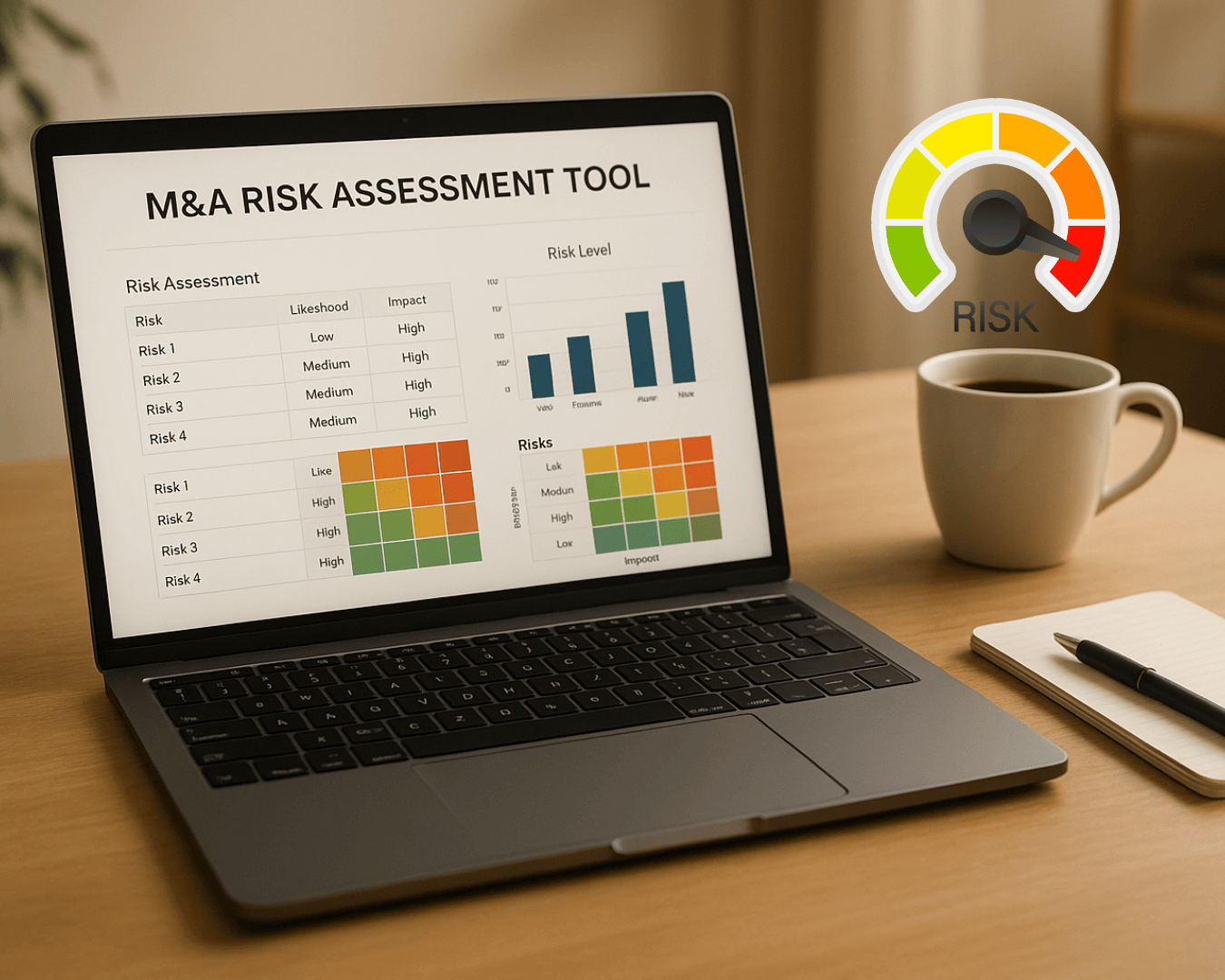


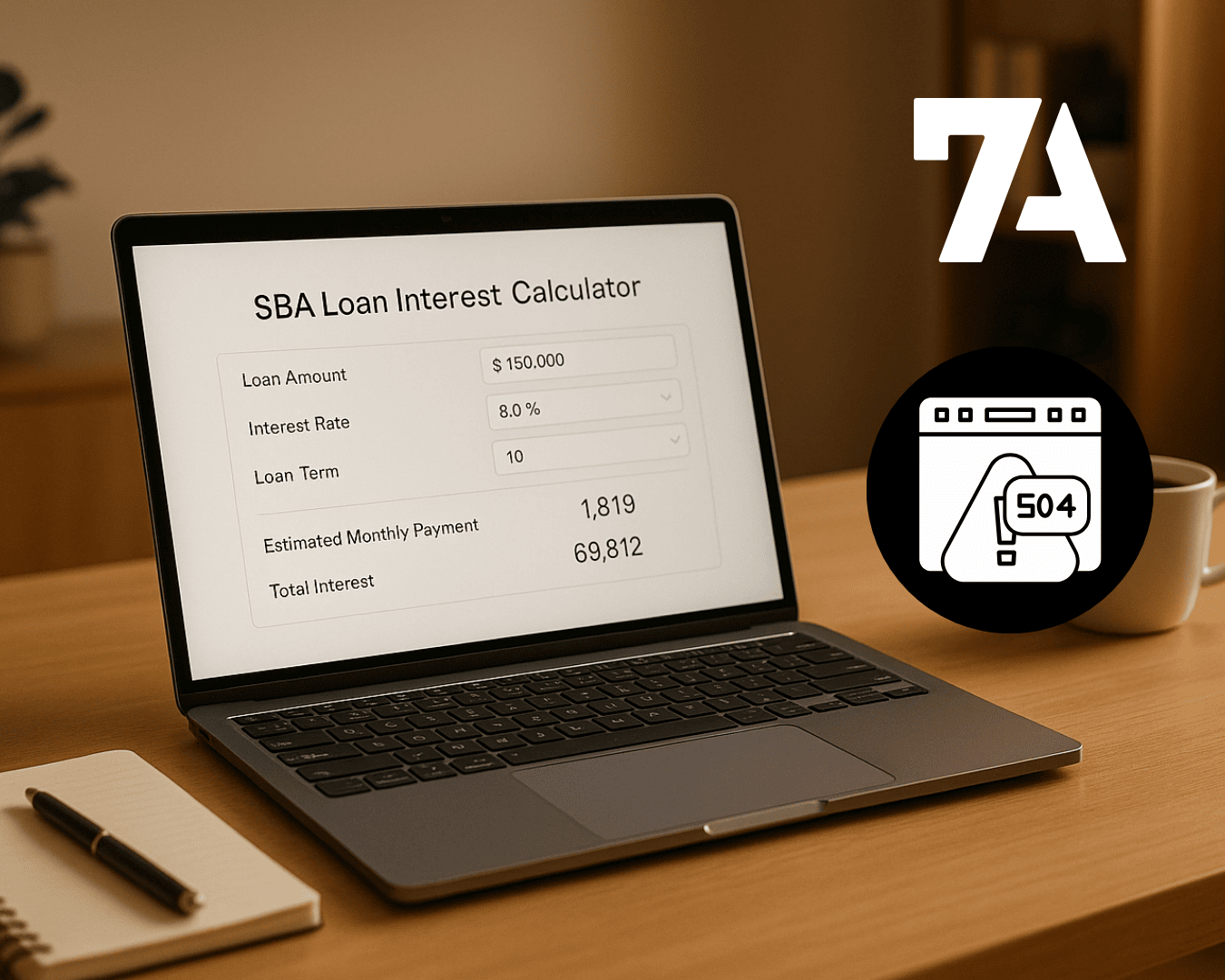








%20Loan%20Application%20Checklist.png)
